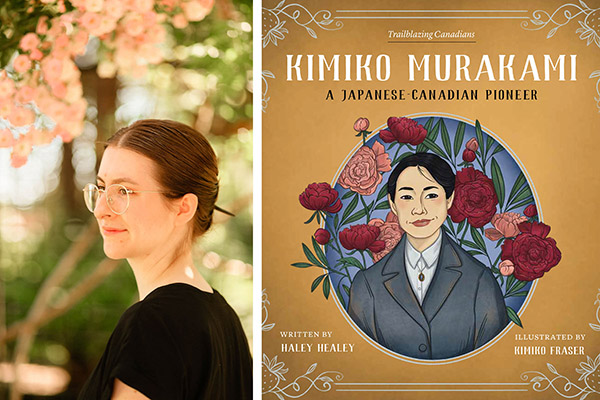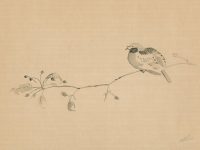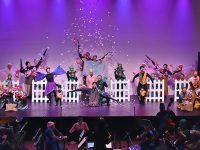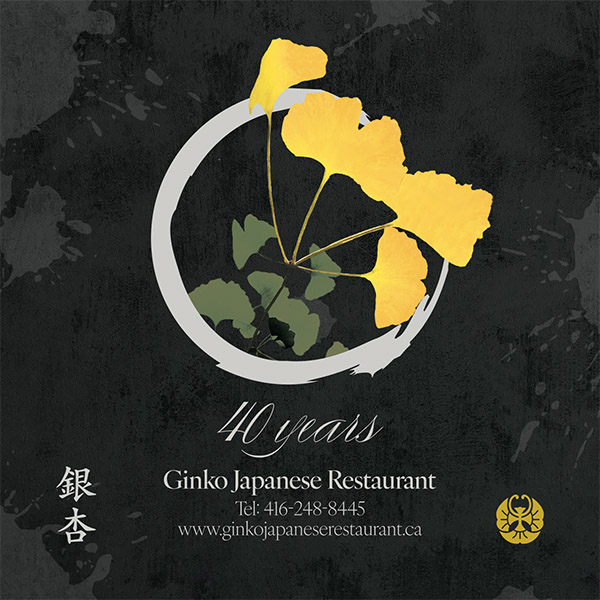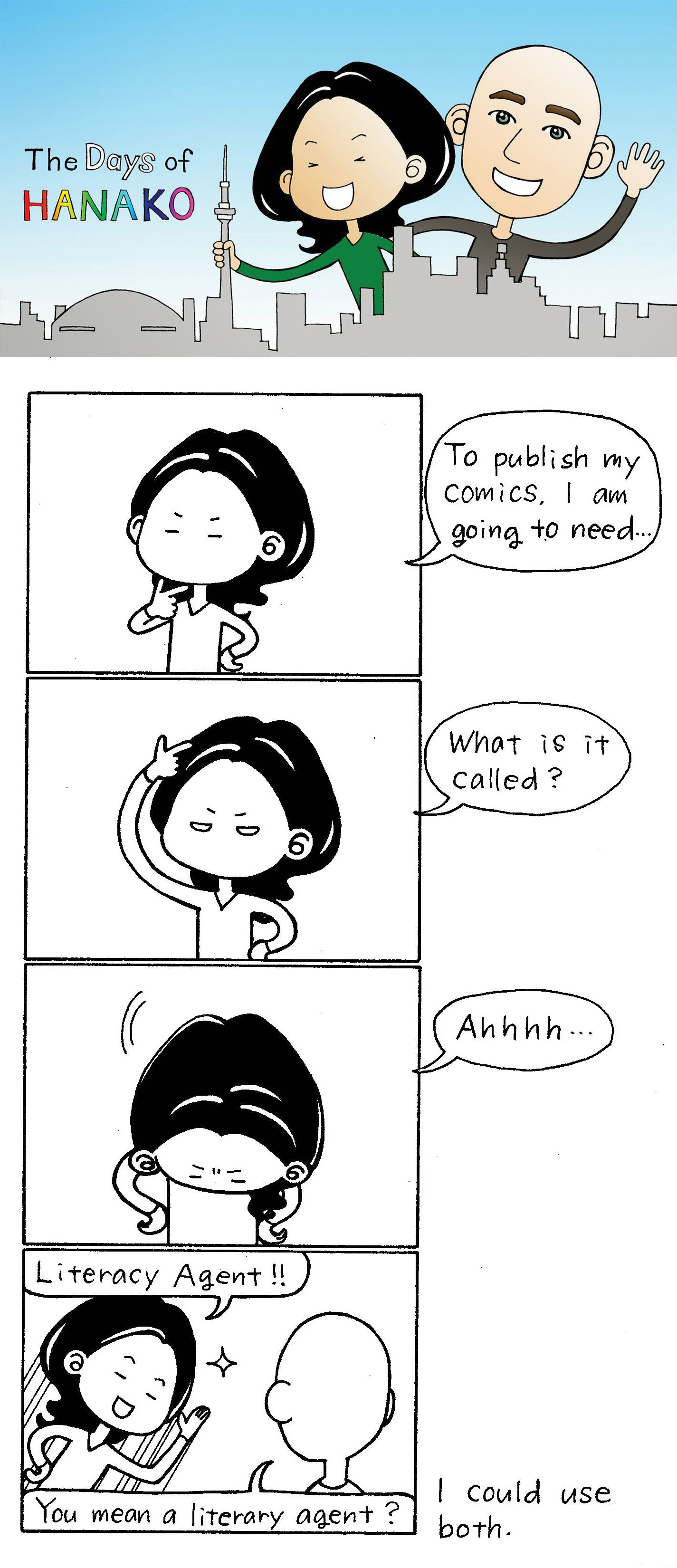Left: Illustrator, artist, and historian Kimiko Fraser. Photo credit: J King York. Right: The cover of “Kimiko Murakami: A Japanese Canadian Pioneer.” Photo courtesy: Heritage House Publishing.
VICTORIA — History can often feel distant and disconnected, told through books filled with black-and-white photos of people who lived lives wildly different than ours. In a new series of children’s books, history is brought to life in full colour through beautiful illustrations by Yonsei artist Kimiko Fraser.
“Having [history told] in colour and illustrations gives it a closer feel. It makes it feel more present. This happened to people that could be people in our family, could be our neighbours, so I hope breaks down a little bit of the barrier that it’s in the far past,” Fraser tells Nikkei Voice in an interview.
Fraser is a Victoria-based artist, illustrator, and historian who works in various mediums, watercolour, digital, ink, and even tea. Her work is inspired and informed by her interest in plants, mythology, folktales, and her Japanese roots.
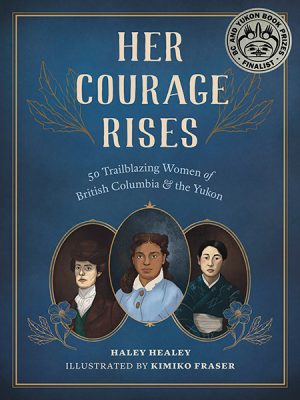
Her Courage Rises: 50 Trailblazing Women of British Columbia and the Yukon, written by Haley Healey and illustrated by Kimiko Fraser.
With bestselling author Haley Healey, Fraser illustrated three children’s books, each about trailblazing women from B.C. and Yukon. Her first book, Her Courage Rises: 50 Trailblazing Women of British Columbia and the Yukon, explores a diverse group of extraordinary women, including social activists, artists, writers, scientists, athletes, teachers, and tradition keepers, who shaped history in long-lasting ways. The book, published last fall, was shortlisted and nominated for various book prizes.
The book features a one to two-page biography of each woman alongside an original portrait created by Fraser. Archives and historical documents were instrumental in the research behind both the writing and illustrations. For Fraser, who has a background in history and art, historical records helped build a fuller understanding of the women and the times they lived through.
Down to details like colours, not just ensuring clothes and regalia are authentic, but Fraser uses historically-accurate colours that would have been available during the women’s lifetimes, avoiding colours not yet developed. The details add a layer of authenticity to the portraits, as if Fraser stepped back in time to meet and paint the women.
“Every time I draw somebody else’s face, it’s like I get to sit with them for a little while,” says Fraser.
More than just a copy of a photo, Fraser’s portraits are sprinkled with historical details related to each woman. Included in some women’s portraits are tools of their trades. Astronomer Helen Sawyer Hogg poses in front of a starry background with a telescope and globe while journalist and publisher Margaret “Ma” Murray holds an issue of Alaska Highway News.
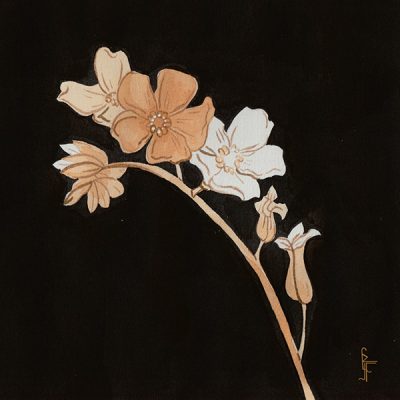
Forget me not, painted with tea, by Kimiko Fraser.
For others, Fraser to incorporates her passion for floriography, framing the portraits in flowers and plants. Floriography, the language of flowers, is a Victorian tradition where each flower carries a symbolic meaning.
“I really like that it’s something that has been woven throughout history, we’ve always attributed meanings to flowers,” says Fraser.
While some plants and flowers correlate with their Victorian meanings, with others, Fraser chose flora important to the women’s lives, stories, or culture. Delicate strawberry vines envelop farmer and internment camp survivor Kimiko Murakami’s portrait. Murakami’s father built the first greenhouse on Salt Spring Island, and their family farm was known for its high-quality produce, including strawberries.
Bought by the Empress Hotel, their strawberries were served to King George VI and Queen Elizabeth during their visit to Victoria in 1939. The inclusion of strawberries also acknowledges the many prewar Japanese Canadian farmers who grew strawberry crops on the West Coast.
“It was a fairly common beginner crop for a lot of Japanese Canadian farms in the West Coast, and so it’s wrapped up very much in West Coast Japanese Canadian life, as well as specifically, Kimiko Murakami’s [strawberries] were world-renowned,” says Fraser. “I like having meanings that maybe people wouldn’t immediately get but are either meaningful to the families or just part of their story.”
Fraser and Healey worked with living descendants to ask for their consent to tell these stories and build a richer understanding of who the women were. Working with the families, elements and details that would never be in a history book were unveiled. Murakami’s story is further explored in one of Fraser and Healey’s two new books released in May, Kimiko Murakami: A Japanese Canadian Pioneer.
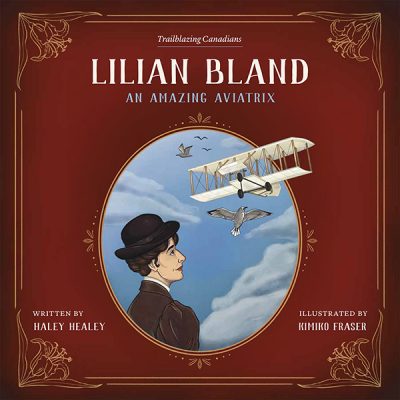
Lilian Bland: An Amazing Aviatrix, written by Haley Healey and illustrated by Kimiko Fraser.
The second book is Lilian Bland: An Amazing Aviatrix, about a journalist believed to be the first woman to design, build, and fly an aircraft.
Born in Steveston, B.C., Murakami grew up and started her family on Salt Spring Island. During the Second World War, her home and farm were confiscated, and her family was separated. Kimiko and her children were first sent to Hastings Park, then to Greenwood internment camp, and then to labour on a sugar beet farm in Magrath, Alta.
Along with exploring the Salt Spring Island archives, Fraser and Healey worked with Murakami’s daughter, Mary Kitagawa, who offered insight into what the camps and Alberta looked like and carefully reviewed the book. Kitagawa is a social activist whose work has shaped the Japanese Canadian community.
“She was so kind and encouraging and just so happy that we were telling her mom’s story. It was so lovely,” says Fraser.
Murakami’s story is a way to introduce young readers to Japanese Canadian history and open the door for further exploration and questions. But it is also a story of hope and perseverance. The book introduces young readers to the Japanese word ganbaru, meaning to push through hard times. Despite the racism, hardships, and injustices Murakami experienced, she never gave up.
“She was so determined to go back to the place that she called home, and she managed to get there,” says Fraser.
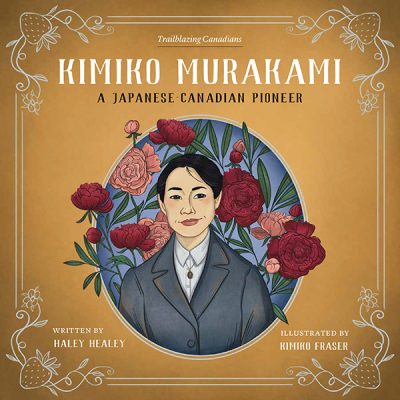
Kimiko Murakami: A Japanese Canadian Pioneer, written by Haley Healey and illustrated by Kimiko Fraser.
Murakami and the women featured in Her Courage Rises are stories often overlooked in history. These women have shaped the landscapes and lives of the people around them for generations, but many of their stories are not in the school curriculum, no monuments dedicated to them, or films based on their lives.
“The books that Haley and I have [created] have been really lovely for bringing forward stories that are either untold or under-talked about, particularly when it comes to people who lived what, from a historian’s perspective, we would see as a very ordinary life. But to be able to show them as extraordinary and interesting people because they lived their convictions or made a difference,” says Fraser.
By highlighting diverse stories, Fraser also hopes young readers can see themselves reflected in these stories. For Fraser, who shares a name with Murakami, she always wished to see herself reflected in the world around her.
“It was really lovely to be able to tell a story that has touched so many Japanese Canadians, especially on the West Coast, it’s in a lot of our histories, and it’s stuff that a lot of us growing up didn’t know about,” says Fraser. “To have something successful and available to help tell that story was really meaningful to me and a resource I would’ve loved to have as a kid.”
***
To learn more about Kimiko Fraser, visit www.kimikofraser.wordpress.com.
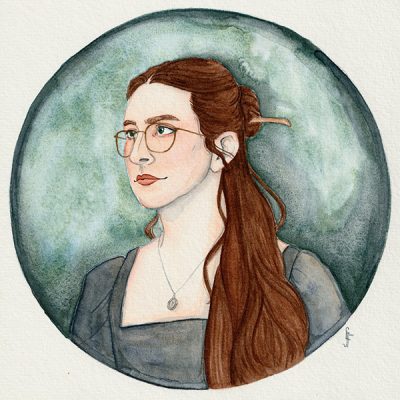
A self-portrait painted by Kimiko Fraser.







 09 Aug 2023
09 Aug 2023
 Posted by Kelly Fleck
Posted by Kelly Fleck 